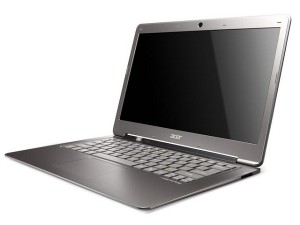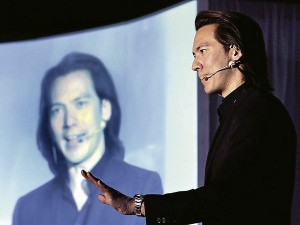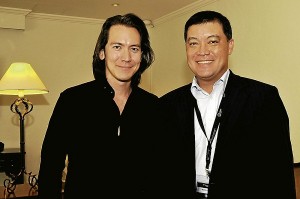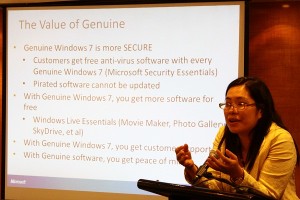Philippine Daily Inquirer
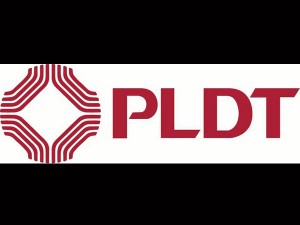 MANILA,
Philippines—Dominant mobile network Smart Communications is taking a
second look at wireless fidelity (Wi-Fi) technology, often seen only in
malls or coffee shops, as a way to connect more households across the
country to the Internet.
MANILA,
Philippines—Dominant mobile network Smart Communications is taking a
second look at wireless fidelity (Wi-Fi) technology, often seen only in
malls or coffee shops, as a way to connect more households across the
country to the Internet.Smart, a wholly owned subsidiary of Philippine Long Distance Telephone Co. (PLDT), announced on Tuesday the launch of its “carrier-grade” Wi-Fi service that would allow mobile device users to log on to the web using indoor and outdoor hotspots via prepaid or postpaid accounts.
Unlike regular public Wi-Fi hotspots found in malls, shops, and schools, carrier-grade Wi-Fi can be set up even in local neighborhoods.
“We will make this possible by installing access points in our base stations, thus allowing users to connect to our Wi-Fi even in their own homes,” PLDT Technology group head Rolando G. Pena said.
“All they need to do is sign in with a username and password which they can purchase online or in retail stores. In the near future, we would make automatic authentication through the use of the subscriber’s SIM card,” he added.
The rollout of a broadband network using Wi-Fi technology is seen to compliment Smart’s current efforts to expand the reach of its third- and fourth-generation (3G and 4G) wireless broadband technologies.
“We want to emphasize that this is carrier grade. This means we’re putting more bandwidth behind this service. This will really give customers a different experience as far as broadband is concerned,” PLDT spokesman Ramon Isberto said in an interview.
The new service makes broadband connections more accessible to users that already have Wi-Fi-capable devices, Isberto said. All they need to do is set up a postpaid account or purchase prepaid minutes to access the service.
Users may connect to the Wi-Fi signal, wherever this is available, and log in using the account names and passwords that are assigned to them.
As the service uses standard Wi-Fi technology found in most portable devices, the carrier-grade Wi-Fi service can be used by all mobile users regardless of their carrier networks. This makes Smart’s improved network accessible to all Filipinos who are looking for a more stable and more reliable wireless connection.
The new service is part of PLDT’s comprehensive network upgrade worth P67 billion that aims to improve wireless services to millions of the company’s subscribers.
http://bit.ly/vHdM3o
